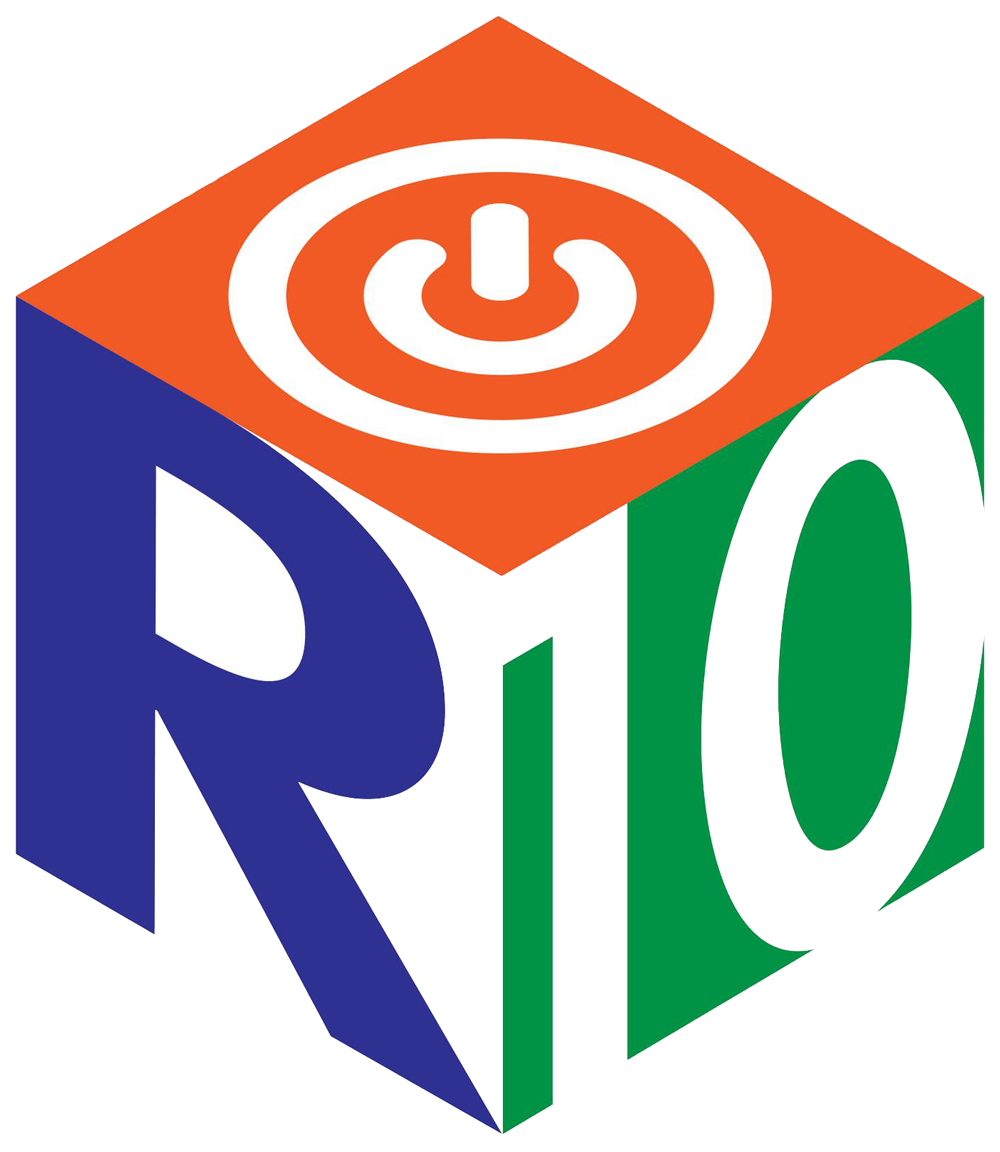PLM Origins
Do you know the "history" of Region 10's Professional Learning Model? Here's the WHY and HOW a team developed the PLM, which all started in March 2016.
Purpose
There is a seismic shift happening throughout Region 10. Schools are transforming their teaching and learning practices to better address the learning needs of today’s student. It is our belief, that in order to support this necessary transformation, R10 must redesign how professional learning is delivered and model relevant, innovative approaches in the areas of teaching, learning and leadership.
The R10 Model
The redesign of the Professional Learning Model is grounded in the beliefs:
We are learning designers and facilitators.
We guide teachers and leaders in the curation of their own learning.
Learning at the highest level is achieved through experiences.
Why?
The professional experiences we deliver must reflect today’s [virtual, face-to-face, hybrid] learning in order to develop the skills of today’s students for tomorrow’s workforce.
Target
The aim of R10 is to shift towards a 70/20/10 model. The learning experiences offered should strive to be 70% EXPERIENTIAL; 20% SOCIAL; and 10% STRUCTURED.
Selected works and research that informed the design of the PLM
Works retrieved and curated in 2016
The New Pillars of Modern Teaching, Gayle Allen
Learning Forward Standards for Professional Learning: Learning Designs
Professional Development for the 21st Century: Implementation Guide, P21
6 Critical Factors of Success for Designing Transformational Learning Experiences, Randy Ziegenfuss
The Techy Teacher| Modeling Lifelong Learning, Catlin Tucker, ASCD Educational Leadership
8 Things to Look for in Today’s Classroom, George Couros (multiple posts)
Innovative Professional Development: Rethinking Methods and Opportunities for Teacher Learning (webinar)
ISTE Standards for Students (and later, ISTE Standards for Educators)
"Lifeready" and "Lifeworthy" Learning: Going Beyond the Traditional
